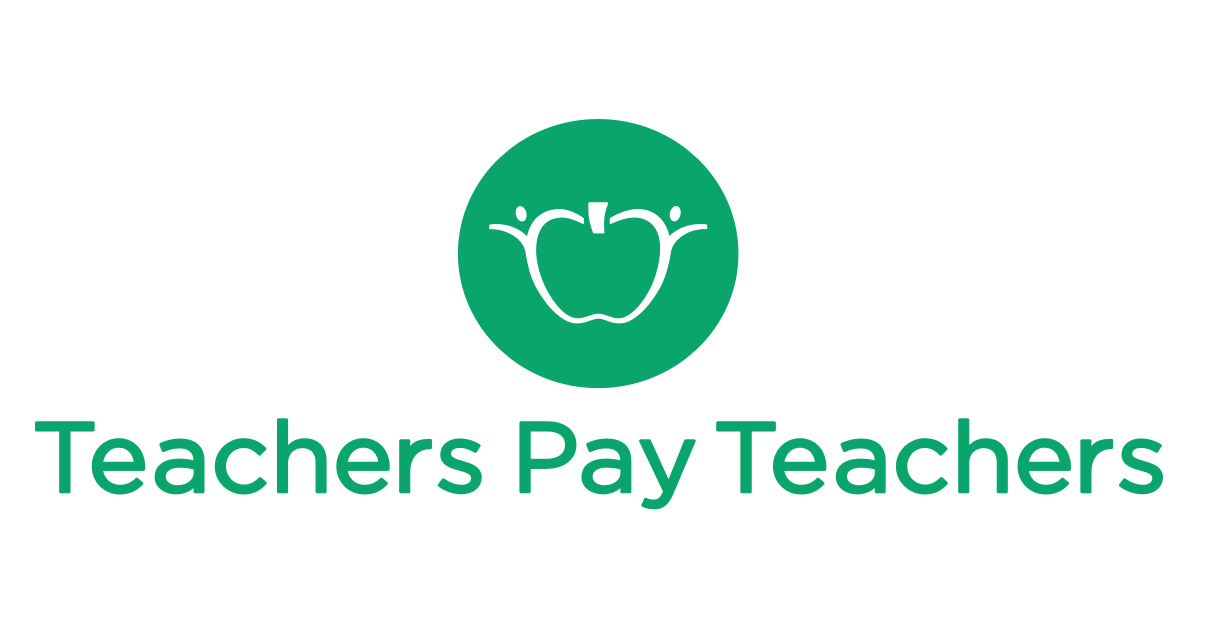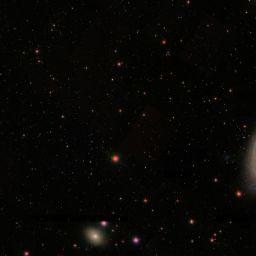PROYECTO FINAL
UNIDAD AICLE: THE EARTH IN THE UNIVERSE
1º ESO ( BIOLOGIA/ GEOLOGÍA)
INTRODUCTION
During this resource we will work on the knowledge of the Solar System and the Universe, the formation of both and the differentiation between the different movements and states of the planets; for example, rotation, translation, etc. the planets, the Sun, the Moon and the position of the Earth in relation to both will be studied.
It will work in a collaborative and participatory way, this means that the source of knowledge will emerge from the interaction between peers through the realization of different proposed activities. In order for the work to be optimal, the guidelines and guidelines indicated in each one will be followed, through the consultation of web resources and links provided as sources of information. This project is framed for 1st ESO students in the area of Biology / Geology.
LEARNING OUTCOMES:
- Interpret and produce with ownership, autonomy and creativity messages that use artistic, scientific and technical codes
- Understand the basic principles that govern the functioning of the physical and natural environment, assess the repercussions that human activities have on it and actively contribute to the defense , conservation and improvement of it as a determinant of quality of life.
To know how the Universe was formed.
- To Explain the meaning of astronomical unit (AU) and light year.
- To Know the relative position of the different bodies that make up the solar system and, especially, the Earth- Moon system.
_ To distinguish among galaxies, constellations, comets, asteroids and meteoroids.
- To Describe the cause of the sequence of the seasons.
- To Describe the cause by which the lunar phases can be observed.
- To Know why the seasons and the solstices and equinoxes occur in both terrestrial hemispheres.
- To Understand the mechanism of formation of eclipse
TASKS:
|
Brainstorm activity, texts to read, videos to listen, dyagrams and charts, speaking activity, search on the internet, collaborative work in pairs and groups, listening and writing in games and interactive activities, elaboration of flashcards, podcasts, images with contents and resolution of questions, build a Solar System project, visit Planetarium and Monfragüe astronomical observatory |
TIMING:
7 sessions of 1 hour each one.
METHODOLOGY IN CLASS WILL BE:
- Active methodology focused on the student and by discovery
- Meaningful and functional learning
- Individualized methodology and attention to diversity
- Importance of using didactically the previous ideas of the students
- Development of basic and specific competences
- Globalizing methodology in content selection and interdisciplinary
- Inquiring attitude of reality.
- Starting from close and daily realities
- Revaluation of creativity and autonomy in the construction of knowledge
- Motivation and self-esteem
- Education in values
- Contribute to the establishment of a climate of mutual acceptance and cooperation
- Need to promote reading and communicative processes in the classroom.
- Evaluation of the process itself
ACTIVITIES:
En este caso estudiaremos El universo (1º ESO)
*) Partimos del conocimiento previo de los alumnos tanto de la asignatura como del tema en concreto que nos ocupa.
Lo primero que se hará será una lluvia de ideas con preguntas generales para revisar el vocabulario que conocen y ampliar el necesario para trabajar. Esta actividad ya forma parte del scafolding,revisando además la pronunciación.
Session 1: Video Universe Presentation. Know the formation of the Universe. Reading "Another Giant Leap for Mankind" and reflection activities / find words, questions, discussion of opinions.
Video presentación- Youtube ( para conectar con vocabulario, libro ,tema,etc)
https://www.youtube.com/watch?v=Qd6nLM2QlWw
| www.youtube.com Here is an in-depth introduction to the Solar System and the planets that are in it. From the sun to why poor Pluto is no longer considered a planet, come along for a ... | ||
*) Lectura "Another Giant Leap for Mankind".
Texto adaptado al nivel de alumnos utilizando diversos fragmentos de periódicos , revistas, textos diferentes acerca del título de dicha lectura, siendo uno de ellos:
www. nasa.gov/press
NAS A Telescope Reveals Largest Batch of Earth-size, Habitable-Zone Planets Around Single Star.
NAS A & TRAPPIST-1 : A Treasure Trove or Planets Found.
A con tinuación, los alumnos se disponen a realizar diversas tareas de recepción y producción comentando el contenido del video y el texto con ayuda de apoyo de muletas lingüísticas.
Una muestra de dichas actividades serían:
- Read the text again and try to define the highlighted words. Find a synonym if possible.
- Answer the following questions on the text. Use your own words to explain the solution to your classmates.
- Which is the topic of the article?
- Which is the name of the system found?
- How many planets did scientist find?
3)Prepare a speech to explain to your classmates why this discovery is so important
Session 2: Understand what the Solar System is, planets and their characteristics, explanatory videos, concept maps, reinforcement and extension exercises, task assignments, collaborative work in pairs, interaction of the whole class contributing opinions.
*) Imágenes con planetas y textos explicativos con características explicativas de cada una de ellas. ( Imágenes Google).
Tras leer y escuchar el texto por parte de un alumno que lee en alto o el profesor, alumnos completarán información y elaborarán preguntas y actividades.
Para facilitar la comprensión se facilita herramientas de andamiaje (Scafolding) :
Glosario :
Juego interactivo en línea para repasar vocabulario:
http:// eslgamesplus.com/space-and-solar-system-esl-vocabulary
Videos repaso Youtube:
http://youtube.com/watch?v=1Eh5BpSnBBw
| youtube.com Check out more awesome BuzzFeedBlue videos! http://bit.ly/YTbuzzfeedblue1 "There are more stars in our Universe than there are grains of sand on all the beac... | ||
https://www.youtube.com/watch?v=01whcJq-pBs
| www.youtube.com De los numerosos objetos que giran alrededor de la estrella, gran parte de la masa restante se concentra en ocho planetas cuyas órbitas son prácticamente circulares ... | ||
Presentación PowerPoint en inglés:
https://es.slideshare.net/krik99/los-planetas-en-ingls
| es.slideshare.net He puesto unas pocas lineas de informacion de cada planeta. Gracias jito que me as ayudado en el argumento!! | ||
Crucigramas:
http://www.teacherspayteachers.com/Product/our-solar-System-Crossword
| www.teacherspayteachers.com A community of millions of educators who come together to share their work, their insights, and their inspiration with one another. | ||
o Images Google ( crossword solar system)
mapas conceptuales:
https://www.google.es/search?tbm=isch&sa=1&ei=aBL4WoqiEsz7UIWHsPAM&q=conceptual+maps+universe&oq=conceptual+maps+universe&gs_l=img.3...17405.25310.0.26061.60.35.0.1.1.0.240.4244.1j28j2.31.0....0...1c.1.64.img..35.16.2442...0j0i67k1j0i30k1j0i24k1.0.tRVU_Of7c6s#imgrc=zmOGRLEjgjx6OM
Session 3: Deepen the most influential elements of the planet Earth, the Sun, the Moon, the Earth, tasks, videos, internet search, images and fill in gaps, group discussions, join words, with their definitions through Internet search ( collaborative, scaffolding), podcasts and vocabulary.
Ejercicios que refuerzan vocabulario y contenido:
. identificación de conceptos a través de imágenes con un grupo mezclado de palabras. Se trabaja en parejas y se discute en grupos y compara las respuestas con el resto de la clase.
. Unir conceptos y definiciones con flechas.
( para ello, reforzamos el vocabulario con glosario, utilización de herramientas TIC y muletas lingúísticas si las precisan).
Ejemplo:
| Planet | a. | Rocky bodies which are smaller than planets, irregular in shape, which orbit around the Sun. |
| Asteroids | b. | A celestial body orbiting the Sun on a very long trajectory. |
| Star | c. | A group of stars (ten or hundreds or thousands) eg. The Milky Way. |
| Galaxy | d. | Approximately the mean distance between the Earth and the Sun. |
| Satellite | e. | The distance covered by light in a year, (= 10 billion km). |
| U.A. | f. | Celestial body which continuously radiates energy into the space around it (eg. the Sun). |
| Comet | d. | A celestial body orbiting a star (egg. the Earth). |
| Light-year | e. | A natural body that revolves around a planet (eg. the Moon). |
I can see.....
I think that....
Session 4: Reading of contents, interactive games and activities, elaboration of flascards (quizlet), production task, speaking the information in groups,
*) Lectura de textos y elección de respuestas Verdadero o Falso, imágenes con textos explicativos, con sus correspondientes preguntas y actividades, tareas de recepción y prducción, y comparación de resultados con los compañeros de más conceptos a estudiar ( Asteroides, cometas, cinturón de asteroides, rotación, estaciones, traslación, luna, satélite,.....), ayudados de los recursos de Google Imágenes, libros de textos, muletas lingüísticas,etc.
Ejemplo:
-In my opinion........
-different seasons are due to......
-I think that something is moving, i think is....
-I cannot believe that the sun does not move because.....
-Everybody tells me that seasons are due to.....
-I agree because......
In my opinion this is True/False because in the text....................
I disagree…….
But look where it says………… In fact, it depends on....................................
*) Ejercicios on line refuerzo y/o ampliación de contenido, vocabulario, evaluación de aprendizaje
Podcasts Universe:
https://www.brainson.org/shows/2018/01/02/mysteries-of-the-universe-expansion-and-gravity-encore
| www.brainson.org In this episode we ponder some big questions from Brains On listeners about the vastness of space. | ||
Actividades interactivas ( juegos, videos, misterio, glosario, vocabulario,....)
| spaceplace.nasa.gov NASA's award-winning Space Place website engages upper-elementary-aged children in space and Earth science through interactive games, hands-on activities, fun articles and short videos. With material in both English and Spanish and numerous resources for kids, parents and teachers, Space Place has something for everyone. |
https://www.brainpop.com/science/natureoftheuniverse/
| www.brainpop.com Explore the laws of the cosmos. Search in brainpop. Toggle navigation |
https://www.google.es/intl/es_es/sky/
| www.google.es Enlazar con esta página Imprimir: Cargando mapas de Sky... | ||
https://www.eslgamesplus.com/space-and-solar-system-esl-vocabulary-game-moonshot-game/
| www.eslgamesplus.com In this game, you will practice vocabulary related to space, our solar system, planets and more. Also learn to use comparatives and superlatives when talking about planets. |
http://www.bbc.com/future/bespoke/20140304-how-big-is-space-interactive/
| www.bbc.com Buckle up and ride a rocket through our interactive view of the Solar System to explore our cosmic neighbourhood | ||
*) Elaboración de flashcards para recordar conceptos y características sobre los planetas, en grupos, utilizando las herramientas TIC, buscando información, creando las flashcards, e interaccionando con los compañeros mostrándoles la carta y explicándoles la información, se facilitan muletas lingüísticas como andamiaje).
http://quizlet.com/148714165/astronomy-today-chapter-1-iasd-flash-cards
| quizlet.com Start studying Astronomy today chapter 1 IASD. Learn vocabulary, terms, and more with flashcards, games, and other study tools. |
Session 5: observation of the universe through the sky and knowing its visible components from the Earth in a virtual but very practical and simple way (Google sky). Images with contents and resolution of questions derived from them with linguistic crutches, glossary, crossword (scaffolding) ).
Resources used previously cited.
Session 6: Visit to Planetario or Astronomical Observatory of Monfragüe. Elaboration of models at home for later exhibition at the end of the information course of information learned with everyday materials (paper, cardboard, bricks, balls, balls, ropes, buttons ...).
Session 7: test / self-assessment
This activity aims to evaluate the knowledge acquired throughout the UD, placing the students in a scenario as an expert of the Universe and the Solar System.
Performing a self-assessment of knowledge acquired throughout the unit through ICT tools.
RESULT: Practice, in general, of the 4 skills and attention to content and language.
RESOURCES USED: Dictionaries, digital whiteboard, computers, notebook, books, ...
AICLE RESOURCES USED:
www. isabelperez.com/clil/clil_m_5.htm
www.juntadeandalucia/educacion/webportal/web/aicle/secuencias-aicle
| drive.google.com | ||







ENhorabuena por el trabajo, está genial y muy completo. Ahora a ponerlo en práctica. UN saludo
ResponderEliminarALonso Retamosa.
ENhorabuena por el trabajo, está genial y muy completo. Ahora a ponerlo en práctica. UN saludo
ResponderEliminarALonso Retamosa.
Me encanta tu Unidad Didáctica, en especial cómo logras que el aprendizaje sea vivenciado por los alumnos a través de salidas culturales, viajes virtuales y actividades gamificadas. ¡Enhorabuena por tu trabajo!
ResponderEliminar